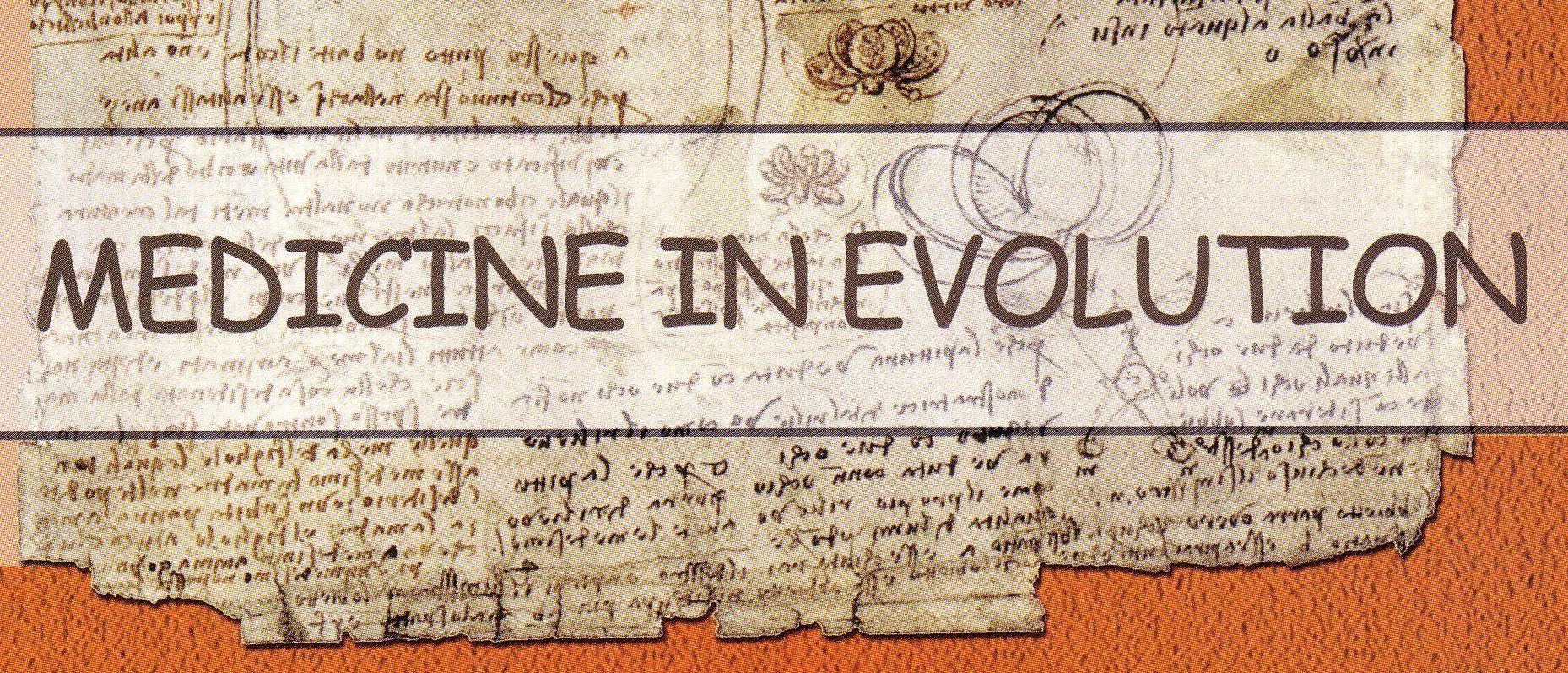|
Medicine in evolution
|
- Abstract - Treatment of dental discoloration with external bleaching is becoming very common in dentistry; however, possible irreversible alterations on enamel surface due to bleaching procedures make up for a topic of controversy in the literature. The aim of this study was to evaluate the clinical effects of bleaching by measuring the dental plaque accumulation on human enamel, in vivo. Methods: Eighteen volunteers (12 women, 6 men) with dental discoloration, but not revealing any restorations or periodontal problems were assigned for this study. Bleaching agent gel with 35% hydrogen peroxide was applied only to labial surfaces of upper arch teeth. After a classic clinical examination dental plaque accumulation was measured with two plaque indexes after a non-brushing period of 30 hours pre- and post-bleaching. Results: The results of the comparison of pre- and post-bleaching measurements showed, that after the non-brushing period plaque accumulation scores for bleached surfaces were lower than the non-bleached surfaces scores. Conclusions: According to the results obtained in this short term in vivo study, ex-ternal vital bleaching with 35% hydrogen peroxide seems to discourage plaque accumulation on bleached human enamel after a non-brushing period lasting more than a day.
Key words: treatment bleaching, plaque accumulation, 35% hydrogen peroxide, tooth discoloration
Webmaster: Creanga Madalina |
|---|---|
